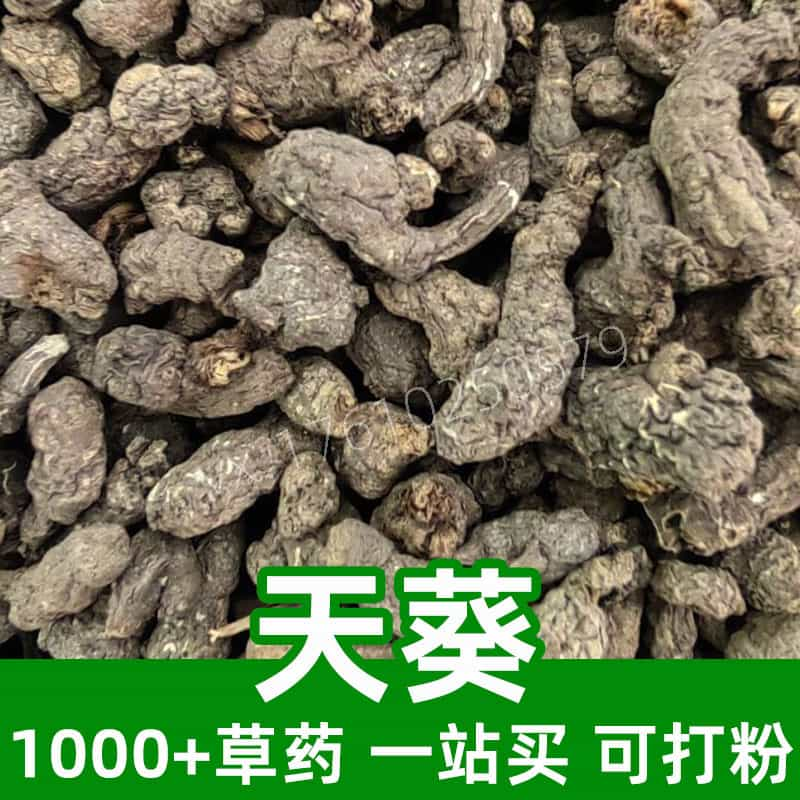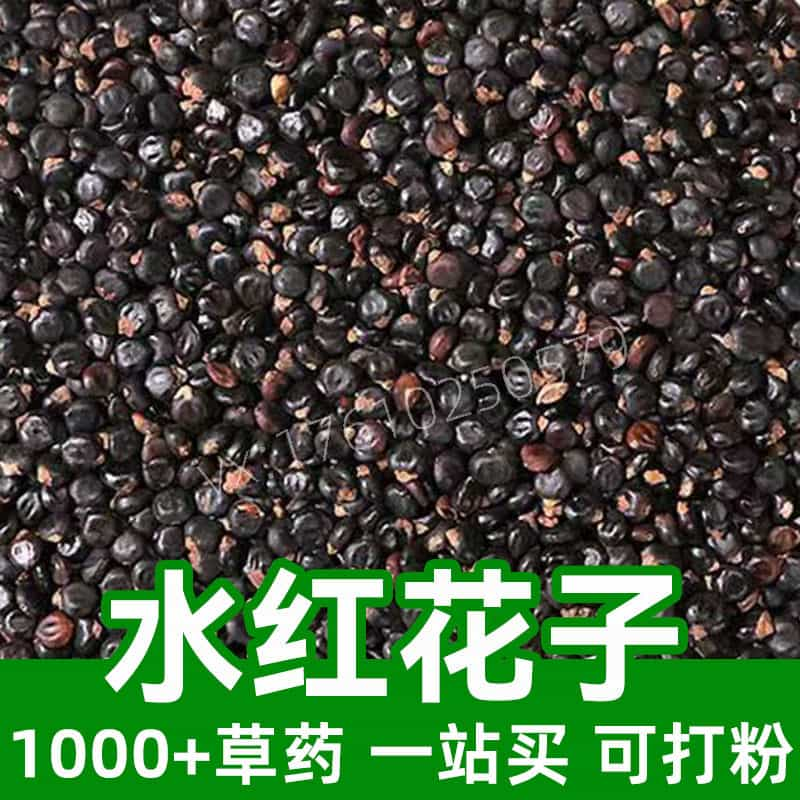Product Introduction
Cordyceps Sobolifera, a unique type of fungus, is predominantly known for its parasitic nature, specifically targeting and growing on insect larvae. This remarkable organism has garnered attention in the realms of Traditional Chinese Medicine (TCM) and herbal supplements due to its potential health benefits. Originating from high-altitude regions, mainly in the Himalayas and surrounding areas, this fungus thrives in cool, temperate climates that provide specific environmental conditions for optimal growth.
The main components of Cordyceps Sobolifera include bioactive compounds, such as cordycepin and various polysaccharides, which contribute to its reputed effects on enhancing energy levels and supporting overall vitality. Traditionally, it has been used for promoting stamina and improving respiratory function, making it a sought-after ingredient in various culinary applications. With its earthy flavor profile, Cordyceps Sobolifera can be incorporated into soups, teas, and tinctures, often delivering its potential benefits to those seeking to enhance their health naturally.
As consumers increasingly turn toward natural supplements for wellness, Cordyceps Sobolifera stands out as a potent herb with a rich history and an intriguing array of applications in both traditional and contemporary settings.
Main Active Ingredients
The primary active components of Cordyceps Sobolifera are cordycepin, polysaccharides, and adenosine, each contributing uniquely to its potential health benefits.
- Cordycepin: This nucleoside analog is believed to play a role in enhancing energy metabolism and has shown promise in studies related to immune function. Its anti-inflammatory properties may also support overall well-being.
- Polysaccharides: These complex carbohydrates are thought to be vital for stimulating the immune system. They may enhance the body's ability to respond to stress and improve overall immune function. The polysaccharides in Cordyceps Sobolifera contribute significantly to its adaptogenic properties, helping the body better manage physical and environmental stressors.
- Adenosine: Known for its role in energy transfer, adenosine carries vital energy in cells and supports cardiovascular health. Its presence in Cordyceps Sobolifera is thought to assist in promoting improved circulation and overall vitality.
Additionally, this herb contains a variety of vitamins, minerals, and amino acids that contribute to its nutritional value. Some studies suggest that Cordyceps Sobolifera may have antioxidant properties, which could further support cellular health and mitigate oxidative stress.
Overall, the synergistic combination of these active ingredients makes Cordyceps Sobolifera a valuable herb in traditional wellness practices, aiming to enhance energy levels, immunity, and overall vitality.
Product Application Scenarios, Usage, and Dosage
Cordyceps Sobolifera is widely regarded in Traditional Chinese Medicine for its various applications, primarily focusing on vitality enhancement, energy boosting, and respiratory comfort. In TCM, it is believed to nourish the Kidney and Lung meridians, aligning with its traditional uses.
Usage
Cordyceps Sobolifera can be consumed in various forms, including dried whole fungi, powdered extracts, and capsules. In culinary practices, it is often used in soups and teas, providing both flavor and nutritional benefits. The earthy taste of the fungus complements other ingredients, making it a versatile addition to many dishes.
Dosage
While specific dosages can vary depending on the form of consumption and individual health needs, a general guideline for powdered extracts is around 1-3 grams per day. For those using capsules, typical dosages may range from 500 mg to 1500 mg per day. It is advisable to start with a lower dosage and gradually increase it as tolerated.
In TCM, Cordyceps Sobolifera is often recommended for continuous use, with herbal practitioners typically advising its incorporation into daily health regimens to help promote energy and overall wellness.
Always consult a healthcare provider or a qualified herbalist before starting any new supplement, especially for those with existing health conditions or those who are pregnant or breastfeeding.
Introduction to the Source Plant, Distribution, and Growth Environment
Cordyceps Sobolifera belongs to the genus Cordyceps, a group of parasitic fungi known for their unique lifecycle, wherein they develop on the bodies of insects, particularly moth larvae. This specific species has a distinct preference for certain types of caterpillars, thriving in cool, high-altitude regions.
Distribution
Primarily found in the Tibetan Plateau and the surrounding mountains, Cordyceps Sobolifera’s natural habitat requires specific climatic conditions, including high altitudes typically ranging from 3000 to 5000 meters. This environment is crucial, as it limits competition with other fungi and provides the ideal temperature and humidity for its lifecycle.
Growth Environment
The growth of Cordyceps Sobolifera is closely linked to its insect host's lifecycle. After the fungus infects the host caterpillar, it consumes the larva's nutrients, eventually solidifying and fruiting through the host's body. This relationship results in a fascinating life cycle that melds the life of the insect with that of the fungus.
Given its environmental specificity, Cordyceps Sobolifera is less commonly cultivated globally compared to other medicinal mushrooms. It typically relies on natural growth conditions, making it a sought-after and high-value product in both traditional markets and modern supplement industries. Conservation efforts and sustainable harvesting practices are crucial for maintaining this remarkable fungus's populations and ensuring its availability for future generations.
Harvesting, Processing, and Storage
The harvesting of Cordyceps Sobolifera is a meticulous and labor-intensive process, reflecting its value in both traditional medicine and contemporary health practices.
Harvesting
Harvesting usually occurs during the late spring and early summer when the fungus has fully matured. Harvesters must carefully extract the fungus from its host caterpillar without damaging it, a task requiring skill and experience. This practice has been traditionally passed down through generations, often involving local communities in the high-altitude regions where the fungus is found.
Processing
After harvesting, Cordyceps Sobolifera typically undergoes minimal processing to preserve its active ingredients. Common methods involve air-drying or sun-drying the fungi to ensure they maintain potency without microbial contamination. Once dried, they can be stored whole or crushed into powder for use in various applications, such as supplements or culinary dishes.
Storage
Proper storage is essential for maintaining the quality of Cordyceps Sobolifera. The dried fungi should be kept in a cool, dry place, away from direct sunlight, which can degrade their active compounds. Airtight containers are recommended to prevent moisture absorption, which could lead to spoilage.
When stored correctly, the shelf life of dried Cordyceps Sobolifera can be up to two years, allowing consumers to enjoy the potential benefits of this unique and fascinating fungus over an extended period.
Monica Sun is a seasoned expert in the natural raw materials industry, with over a decade of experience specializing in traditional Chinese medicinal herbs, spices, and fungi. She is skilled in the sourcing, processing, and application of these materials, emphasizing sustainability and innovation. Monica Sun has contributed to the development of high-quality natural raw materials that serve as essential components in functional foods, pharmaceuticals, and cosmetics, delivering tailored solutions to meet diverse market needs.













